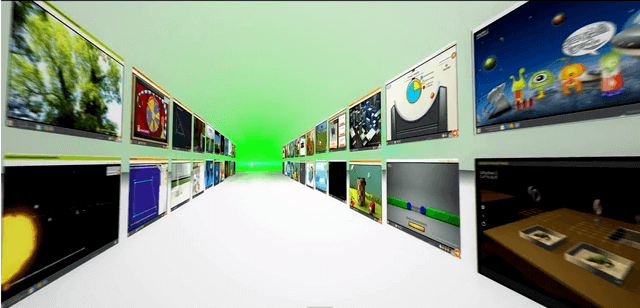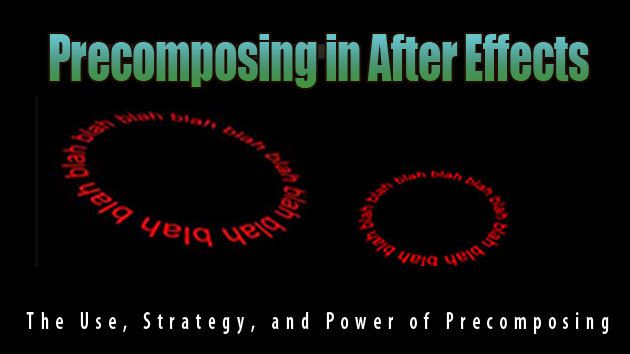As a graphic designer and animator I’ve worked with all sorts of clients over the years. Each and every project has taught me something; whether they drove me to discover new techniques or effects, or just exposed me to a better way to present ideas and integrate feedback, I’ve always been able to carry the accumulated knowledge forward into my next project. One of the most universal and powerful techniques I have acquired is to approach every animation as if ANY part of it will need to be changed; because believe me, you will almost certainly need to make revisions. Whether it’s altering the on-screen copy, making adjustments to the color of the background or even just switching the font you used, you can be confident you will have to make changes during the creative process. Adjusting your animations to make them more impactful is a crucial part of visual storytelling. To be effective as an animator, I have found I need to design my After Effects projects to be nimble and flexible.

Integrating numerous client changes can sometimes feel annoying, particularly if the client doesn’t understand the complexity involved with motion graphic design. The thing to remember here is that video production is a service industry. We are in the business of making clients happy, and the best way to do that as an animator is to be able to easily and efficiently integrate client-requested changes. Taking pride in your work is important, but in the client-led design process ego has to take a back seat to results. This need for adaptability and flexibility has pushed me to create a project workflow that allows me to easily change literally any element of the project at any stage of the process; and it all starts with the way I approach my animation.
The key word here is APPROACH. The best way to keep your animation flexible and adaptable is to start the animation with the intention of being able to easily and universally make changes to any part of it. In After Effects, this means “pre-comping” early, and pre-comping EVERYTHING.
For simplicity, let’s use a lower third animation as an example:
In a project that requires lower thirds, the animator typically needs to create several of the same animation element with a different name and title for each (lets say 10 different plates for our example). When I first began animating, my instinct was to create the lower third animation with an animated logo, a bar for the title to live on, and then a text layer with the subject’s title. Next I would duplicate that entire composition and change the title. Repeat this 10 times and you’ve got all your lower thirds. Now, imagine that the client sees the lower third animation and decides they want to use a different version of the logo than the one you were given. You now have to go back and change the logo in all 10 of your lower thirds. Not a hard thing to accomplish, but this tedious task is easily avoidable. By creating a single composition that is essentially a blank lower third bar and using that single composition in ALL your lower thirds, you have immediately saved yourself the trouble of making changes to 10 different compositions. Open up your blank lower third composition, tweak the logo and bam, it’s fixed in all 10 of your lower thirds instantly.
For a great article that really highlights the benefits of precomposing, check out Bryan Preston’s article “Precomposing in After Effects” on CreativeCow.net. This article was incredibly helpful for me and is loaded with descriptions of why and how to get the most out of your precomps.
The main thing to consider at each stage of your animation is this: how easily can I change this element? Whether it’s a giant array of video screens, signs on a virtual highway, or even a simple logo animation; you need to be ready to change anything and everything at a moments notice. So the next time you’re reviewing your animation with a client and they are requesting days and days of additional work, just remember: every request they are making is turning you into a better designer and improving your workflow. Be fluid. Be flexible. Be better the next time.
Are you looking for a full-service vendor to create your next custom motion graphics package? If you’re already working with an animation house, are you satisfied with the collaborative workflow and level of service you are receiving? We’d love the chance to earn your business and bring your ideas to life! At the very least, let us create an estimate for your next project. I can guarantee you’ll find our pricing extremely competitive and our personal service can’t be beat. We’re ready to deliver results for you, on-time and on-budget. Contact our team today and get the conversation started!


